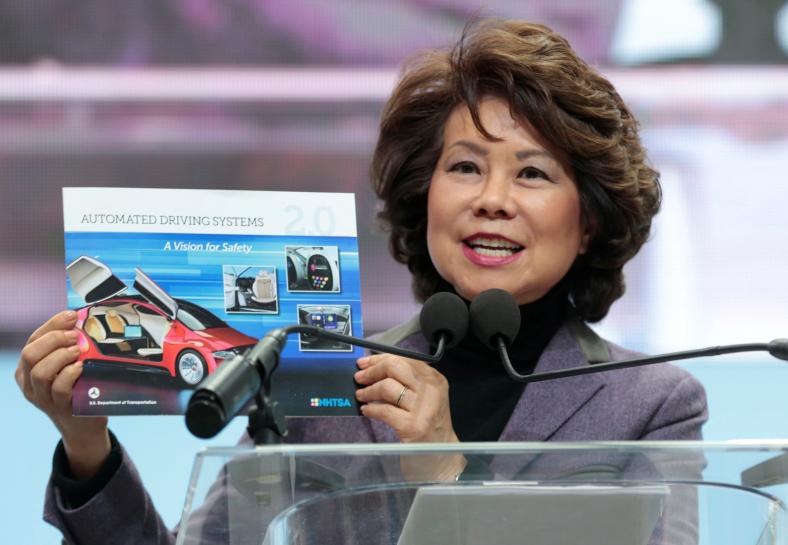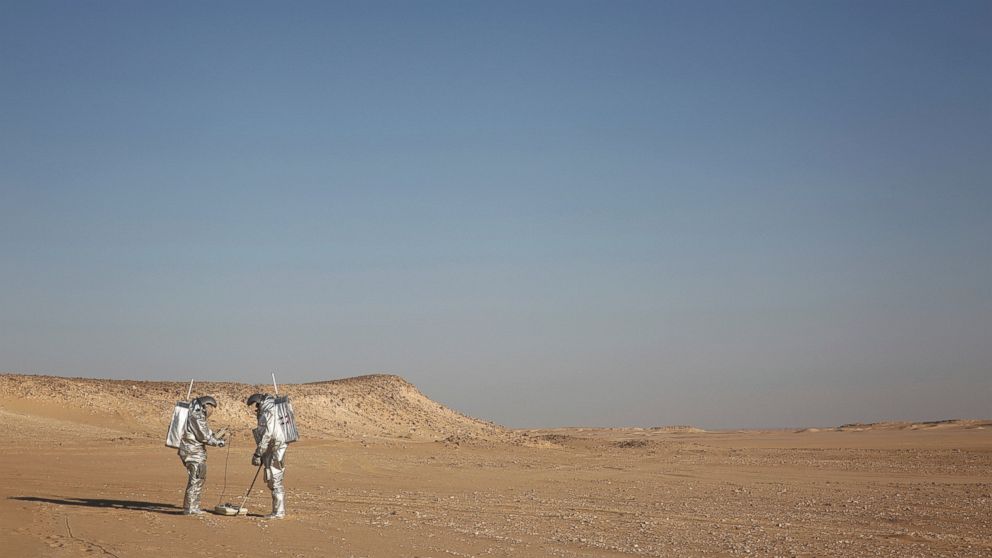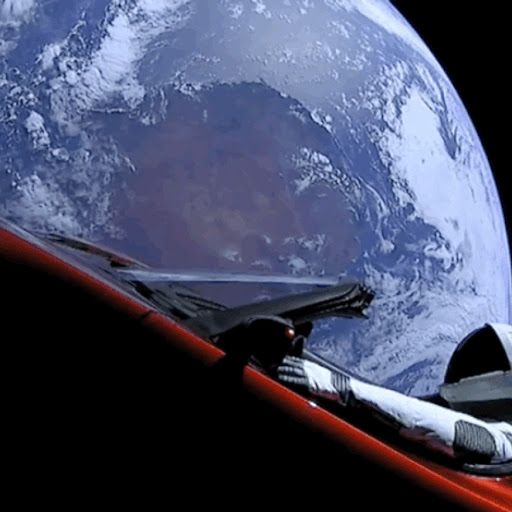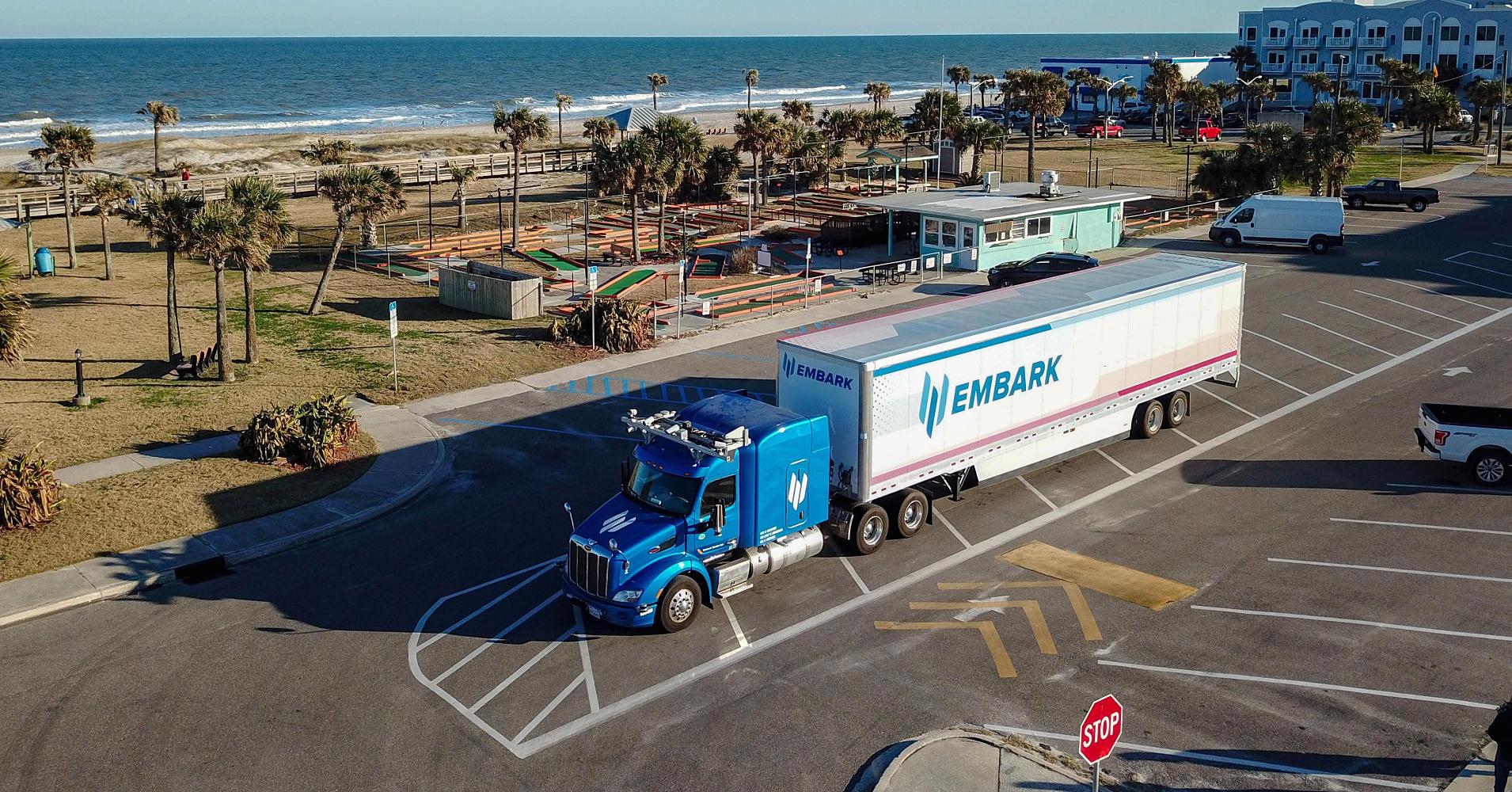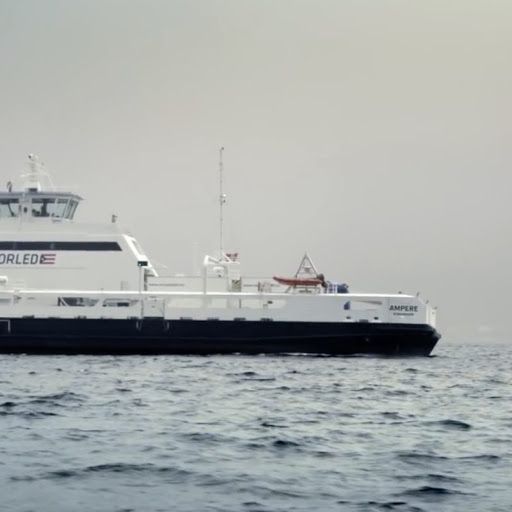WASHINGTON (Reuters) — Auto manufacturers, technology companies, road safety advocates and policy makers will attend a March 1 conference over potential government actions that could speed the rollout of autonomous cars, the U.S. Transportation Department said on Friday.
Last month, Transportation Secretary Elaine Chao said the Trump administration plans to unveil revised self-driving car guidelines this summer as the government sets out to rewrite regulations that pose legal barriers to robot vehicles.
Next month’s “summit” is to help “identify priority federal and non-federal activities that can accelerate the safe rollout” of autonomous vehicles, the department said. It will also be open to the public.
